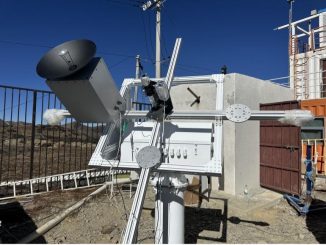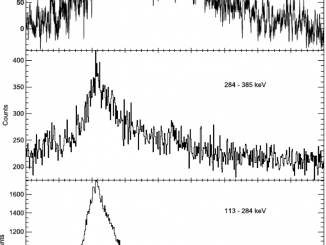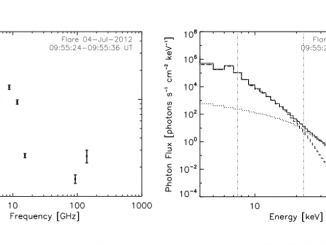New Instrument in Solar Flare Detection: A 50–55 GHz Millimeter-Wave Radiometer Spectrometer by X. Xu et al.
Solar flares, among the most intense explosive phenomena in the solar atmosphere, release vast amounts of energy in a short period, resulting in enhanced electromagnetic radiation across multiple bands. These events pose significant threats to Earth’s space environment and human activities in space. High-energy electrons accelerated during flares emit millimeter-wave radiation through gyrosynchrotron radiation, providing unique insights into the underlying magnetic fields and energy release processes (Fleishman et al 2018). […]





